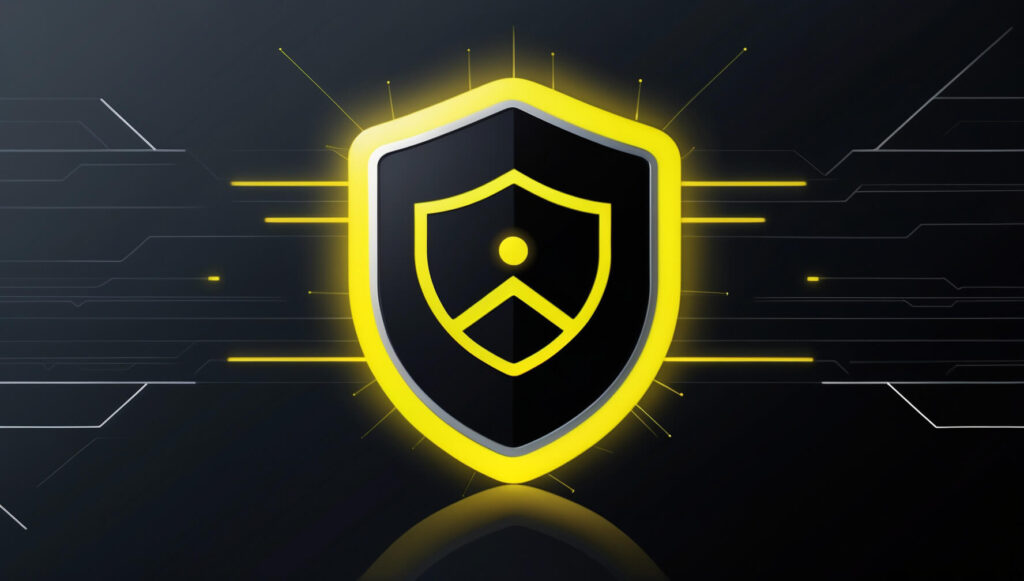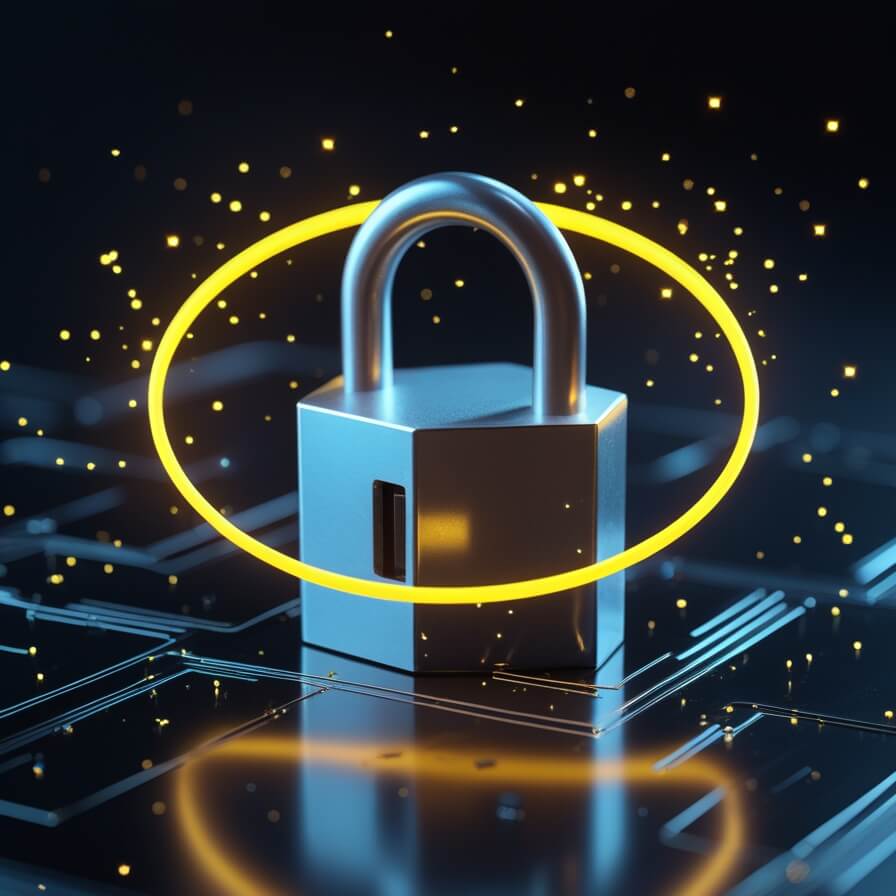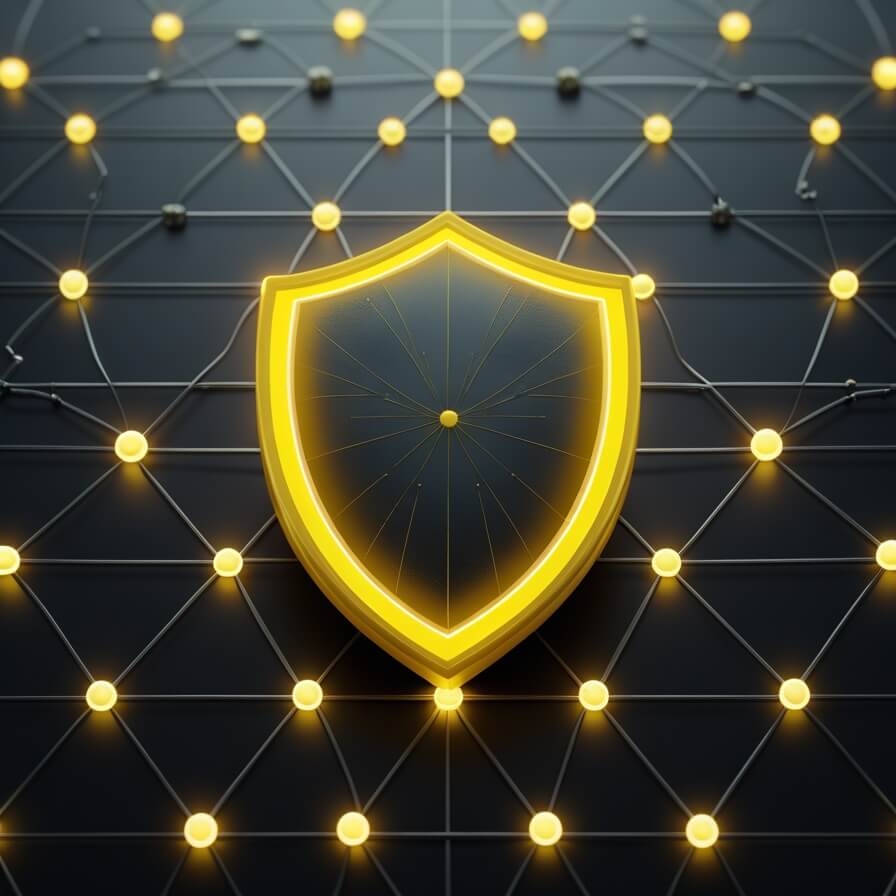Online Privacy – Why It’s Important
Protecting your privacy online doesn’t have to be complicated. Most people assume digital safety requires advanced tools or technical knowledge, but in reality, small, simple habits can make a huge difference. From the passwords you use to the way you connect to public Wi-Fi, each decision shapes how exposed—or protected—you are on the internet.
This guide breaks down seven easy steps anyone can take today. Whether you’re a beginner or simply looking to strengthen your privacy routines, these practical tips will help you stay safer and more confident online.
1. Use Strong, Unique Passwords for Every Account
Your passwords play a bigger role in your online safety than most people realize. They act as digital keys that protect your email, banking apps, social accounts, and even your personal identity. When the same password is reused across multiple services, a single breach can expose multiple accounts at once.
Why Strong Passwords Matter
Cyberattacks often begin with weak or reused passwords. When a website is hacked, criminals quickly test those leaked passwords on other platforms—a method known as credential stuffing.
If your passwords are identical across different services, one small breach can snowball into a major security problem.
A stronger password doesn’t have to be complicated. It simply needs to be long, unpredictable, and different for each account. Even adding just a few extra characters or avoiding obvious patterns significantly increases your protection.
How to Manage Them Easily
Remembering dozens of strong passwords isn’t realistic, and that’s exactly why password managers exist. These tools securely store all your login details and generate complex passwords for you, so you don’t have to memorize anything beyond one master password. It’s one of the easiest ways to upgrade your online safety without extra work.
If you prefer not to use a dedicated manager, creating a simple passphrase—such as combining a few unrelated words—can also offer solid protection while remaining easy to remember.

2. Turn On Two-Factor Authentication Wherever Possible
Even the strongest password can still be guessed, stolen, or exposed in a data breach. Two-Factor Authentication (2FA) adds an extra layer of protection by requiring something you know (your password) and something you have (a code or approval from your device). This simple step dramatically reduces the chances of someone logging into your accounts without permission.
The Benefits of an Extra Login Layer
2FA works as a safeguard in case your password is ever compromised. If someone tries to sign in, they’ll be stopped unless they can verify the second step—usually a one-time code or approval on a trusted device.
This extra step blocks a large percentage of unauthorized login attempts because attackers rarely have access to both your password and your phone.
It’s one of the easiest and quickest privacy upgrades you can enable. Most major platforms—email providers, banking apps, social networks—support 2FA, and turning it on often takes less than a minute.
Apps vs SMS — Which Is Better?
When setting up 2FA, you usually get two choices: a text message code or an authentication app.
Text messages are fine and still much safer than using no 2FA at all. However, authentication apps like Google Authenticator, Microsoft Authenticator, or Authy offer stronger security because the codes remain on your device and aren’t sent over mobile networks. This reduces the risk of SIM-swapping attacks or intercepted messages.
If possible, choose an authentication app over SMS. If that option isn’t available, SMS is still a huge improvement compared to relying on just a password.
3. Update Your Devices and Apps Regularly
Keeping your devices updated is one of the simplest ways to stay protected online, yet it’s also one of the most overlooked. Every update—whether for your phone, laptop, or a small app—usually includes fixes for vulnerabilities that attackers could otherwise exploit. When people delay updates, they unintentionally leave those security gaps open for longer than necessary.
Security Patches Protect You
Many cyberattacks succeed not because someone falls for a scam, but because they’re using outdated software with known weaknesses. Developers constantly discover issues in their systems, and updates are their way of patching those problems before they’re abused.
Ignoring updates is like leaving your front door unlocked after someone hands you a new key. The weakness remains open, even though the fix already exists.
By installing updates promptly, you ensure that your devices have the latest protections built in, keeping you safer without changing anything about your daily routine.
Turn On Automatic Updates
The easiest way to stay protected is to enable automatic updates. This ensures your devices patch themselves without you needing to remember anything. Most operating systems—Android, iOS, Windows, macOS—and major apps allow automatic updating with a single toggle. Organizations like the National Cybersecurity Alliance highlight how keeping devices updated is one of the simplest ways to prevent security issues.
Once it’s enabled, updates install quietly in the background, and you no longer have to worry about checking for new versions manually. It’s a small change, but it closes many security gaps instantly and keeps your device one step ahead of evolving threats.
4. Limit the Information You Share on Social Media
Social media makes it easy to stay connected, but it also encourages people to share more than they realize. Every post, photo, location tag, or profile detail creates a trail of personal information that others can collect. This can be harmless at first, but over time it can reveal patterns about your habits, whereabouts, and identity. Being more selective about what you share helps reduce that digital footprint and keeps your private life more secure.
Adjusting Privacy Settings
Most social media platforms offer privacy controls, but they’re often buried in menus and rarely checked after the first setup. Reviewing these settings is a simple way to take back control of who sees your posts, profile information, friend list, and tagged photos.
By limiting visibility to trusted people, you reduce the chances of strangers—or automated systems—collecting details about you.
It’s also a good idea to disable features you don’t need, such as location tagging or automatic face recognition. These small adjustments create a much safer online environment without affecting how you use your accounts.
Avoiding Oversharing
Oversharing doesn’t always mean posting too often—it usually means posting details that reveal more than intended. Photos taken at home, travel updates posted in real time, or sharing things like your birthday, workplace, or daily routine can all make it easier for others to identify or track you.
A good habit is to pause before posting and ask yourself whether the information is necessary and whether it’s something you’d be comfortable sharing with the general public. Keeping certain details private not only protects your identity but also reduces risks like impersonation or targeted scams.
5. Use a VPN When Browsing on Public Wi-Fi
Public Wi-Fi networks are convenient, but they’re also one of the weakest links in everyday online security. Cafes, airports, hotels, and shared hotspots often lack proper protection, which makes it easier for others on the same network to monitor or intercept unencrypted traffic. If you regularly connect to these networks, using a VPN is one of the most effective ways to keep your data private.
Why Public Networks Are Unsafe
Most public Wi-Fi networks do not encrypt your connection. This means your online activity can pass through the network in a way that makes it easier for someone nearby with the right tools to observe what you’re doing. Even if they can’t see the exact content of your messages or passwords, they can collect metadata such as which websites you visit or which apps you’re using.

Another issue is that public networks are often poorly maintained. Outdated routers, weak passwords, or misconfigured settings can create vulnerabilities that users have no control over. In some cases, attackers may even set up fake hotspots that look legitimate, tricking people into connecting without realizing the risk.
How a VPN Adds Protection
A VPN creates an encrypted tunnel between your device and the internet. Once it’s active, anyone else on the same network—whether a stranger or the Wi-Fi provider—cannot see what you’re doing online. Your traffic is scrambled, your IP address is hidden, and your sensitive data stays protected, even on networks that aren’t secure.
What makes a VPN especially useful is that it works quietly in the background without changing how you browse or use your apps. As long as it’s active on public Wi-Fi, your connection remains private and far more difficult for anyone to intercept.
6. Be Cautious of Unknown Links and Downloads
Clicking a link or downloading a file might seem harmless, but this is one of the most common ways people accidentally expose their devices to malware, scams, or phishing attempts. Many harmful links are designed to look legitimate, and dangerous files often hide behind innocent names. Being cautious is one of the easiest habits you can develop to protect your privacy and avoid unnecessary risks.
Spotting Suspicious Links
Not all links are trustworthy, even if they appear in emails, messages, or websites you visit every day. Phishing pages often imitate real platforms with small differences in spelling, strange characters in the URL, or unusual formatting. If a link feels unexpected or out of place, take a moment to double-check before clicking. Hovering over the link to preview the address, looking for spelling errors, or verifying the source can quickly help you decide whether it’s safe.
It also helps to be cautious with shortened links. These can hide the true destination, making it harder to tell if the website is genuine. When in doubt, avoid clicking or try to access the site manually by typing the domain into your browser.
Safe Downloading Habits
Downloading files from unknown or untrusted sources is a common way malware spreads. Apps, PDFs, software installers, or even simple images can sometimes contain hidden threats. Always download files only from official websites, verified app stores, or trusted publishers. If you receive a file through email or messaging apps, make sure you know the sender and confirm they actually intended to send it.
Using built-in antivirus protection or enabling your browser’s safe browsing features can add another layer of safety. These tools often warn you before you open a potentially harmful file, giving you a chance to stop before something goes wrong.
7. Review App Permissions and Installed Extensions
Over time, many people install apps, browser extensions, or tools they hardly use. Each one has permission to access certain parts of your data, and some continue running quietly in the background long after you forget they exist. Reviewing these permissions regularly helps you maintain control over what information is shared and ensures that only trusted apps have access to your device.
Remove Apps You Don’t Use
Unused apps can still collect data, run background processes, or create potential entry points for security issues—especially if they’re outdated. Take a moment to look through your installed apps and remove anything you no longer need. This not only improves your privacy but also makes your device faster and more organized.
Clearing out old browser extensions is equally important. Extensions have deep access to your browsing activity, so keeping only the essentials reduces your exposure and limits how much information is being collected without your awareness.
Check What Data They Access
Every app and extension comes with a list of permissions. Some legitimately need access to things like your camera or location, while others may request far more information than necessary. Reviewing these permissions lets you decide whether the access makes sense or if you should adjust the settings.
Many devices allow you to deny specific permissions—such as location, microphone, contacts, or file storage—without disabling the app entirely. Making small adjustments like this helps you use the tools you enjoy while still protecting your personal data.
Conclusion
Improving your online privacy doesn’t require big changes or complicated tools. Simple habits—like using stronger passwords, enabling two-factor authentication, keeping your devices updated, and being thoughtful about what you share—can make a meaningful difference in your everyday safety.
You don’t need to apply everything at once. Even adopting just one or two of these practices is a strong step toward better protection. Over time, these small choices build a solid foundation that helps you stay secure, confident, and in control of your digital life. Over time, these small choices build a solid foundation that helps you stay secure and confident online. You can also explore more of our helpful privacy resources to continue improving your digital safety.


